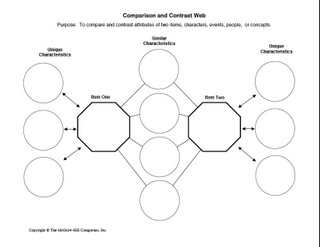Week Ten: Public Relations
This week, the class will attend a public lecture hosted by The Center for Communication, PR Newswire and The New School's Media Studies Program. The lecture, "Public Relations: Careers in the Fast Lane," will cover "How To Break In" and "Secrets to Success." Attending presenters come from ABC News, Hill & Knowlton and PR Newswire, among others.
The talk will take place at:
The New School
Lang Student Center
Arnhold Hall, 2nd Floor
55 West 13th Street (between 5th and 6th Avenues)
Directions: Take a subway to Union Square (N,Q,R,W,4,5,6). Walk one block south on 4th Avenue to 13th Street. Turn and walk 2 1/2 blocks west on 13th Street to 55 West 13th Street. Here is a map.
Please arrive promptly at 6pm. I will have a sign-in sheet for attendance. As this is a class field trip, non-attendance will count as a class absence.
- JOURNAL TEN -
Using EITHER the theory of Organizational Assimilation (144-148) OR the theory of Organizational Socialization (148-154) outlined in chapter 8 of our class text, summarize AND critique one example from the talk. Think of both the organization initiating the public relations event (the example you are discussing) and the public itself (also a large organization). Does the example promote assimilation or socialization in some way? How? What communication strategies are used to initiate this process? For what purpose? What problems arise from a constant focus on assimilation and/or socialization?







